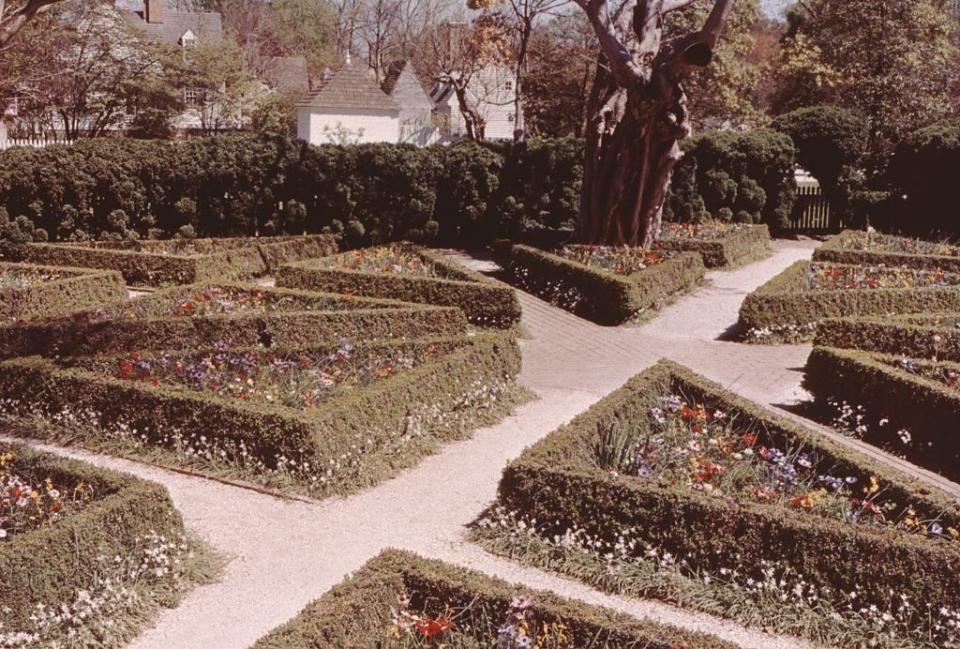This story is a collaboration with Biography.com.
Archaeologists digging in Williamsburg, Virginia, recently uncovered the remnants of what the AP describes as “the 18th-century equivalent of buying a Lamborghini.”
That status symbol discovered beneath the soil of the Colonial Williamsburg living history museum? An ornamental garden once owned by John Custis IV, a powerful political figure and plantation owner. He was the father of Daniel Custis, first husband of Martha Washington who would, of course, go on to later marry George Washington, which is why historians first took interest in Custis. Indeed, scholars of the period already knew about “the elder Custis’ botanical adventures” through his letters to British botanist Peter Collinson, with whom he exchanged messages and even seeds from 1734 to 1746.
But this discovery of the garden itself finally offers some insight into the figures who made the much-written-about garden what it was: the enslaved people Custis held as property.


The dig uncovered fence posts and gravel paths, which indicated the garden was once “about two-thirds the size of a football field.” As the Associated Press notes, while gardens like these were often “used for discovering new cash crops that could enrich colonial powers,” Custis likely had another purpose in mind:
“But Custis’ garden was primarily about showing off his own wealth. A study of the area’s topography placed his garden in direct view of Williamsburg’s only church house at the time. Everyone would have seen the garden’s fence, but few were invited inside.”
Discoveries beyond the botanical on the property also help to illustrate exactly who was responsible for working and maintaining this opulent garden.
“The garden may have been Custis’ vision, but he wasn’t the one doing the work” Jack Gary told the Associated Press. Gary, executive director of archaeology at Colonial Williamsburg, noted that “Everything we see in the ground that’s related to the garden is the work of enslaved gardeners, many of whom must have been very skilled.”
Archaeologists discovered a number of items among the grounds of the garden, like shards of an earthenware chamber pot and a pierced coin, which would have likely been utilized by the enslaved people on the property. The chamberpot was a portable toilet, likely utilized by field hands, while the pierced coin was often worn as a good-luck charm by young male enslaved people.
Archaeologists also found some conspicuous animal remains near some of the fenceposts, ones which appeared to have been placed there deliberately. Beheaded chickens, a cow foot, and a snake without a skull were discovered, all of which indicate practices not commonly seen amongst colonists like Custis.
“We have to wonder if we’re seeing traditions that are non-European,” Gary told the AP. “Are they West African traditions? We need to do more research. But it’s features like those that make us continue to try and understand the enslaved people who were in this space.”
You Might Also Like
